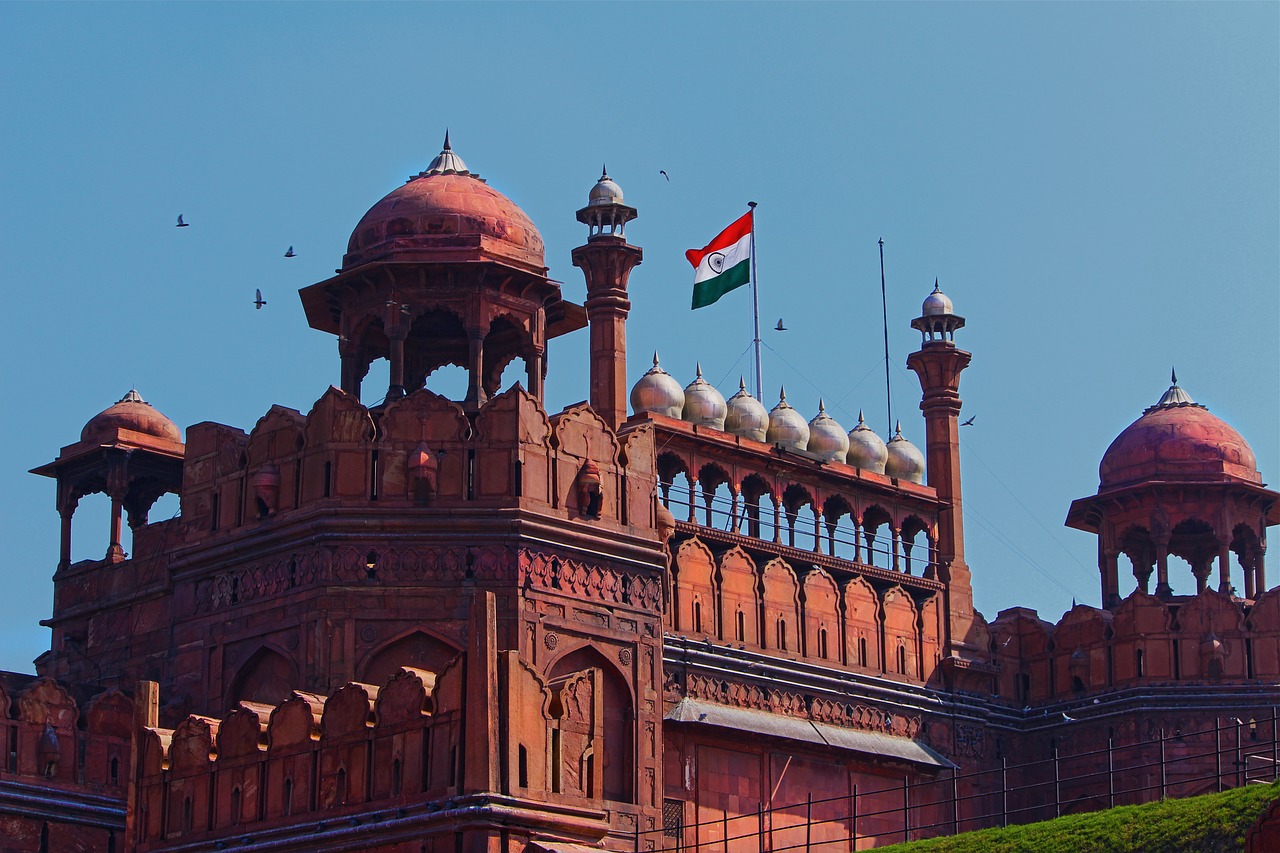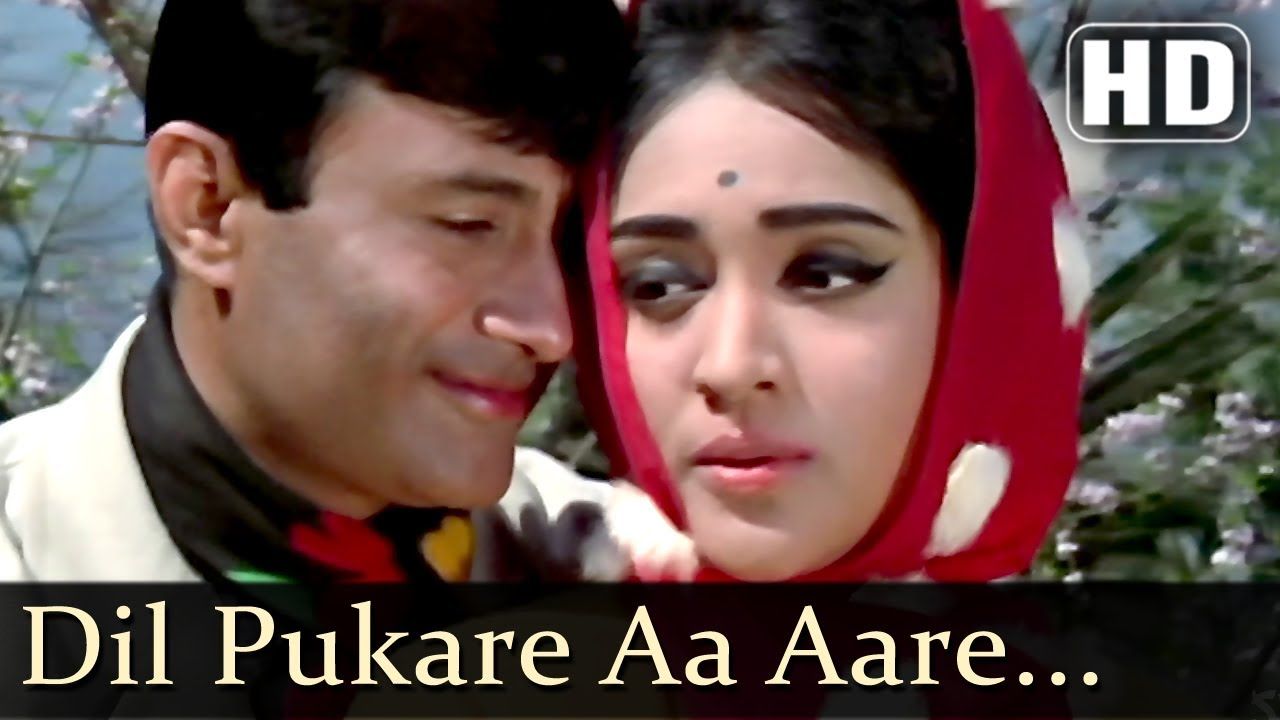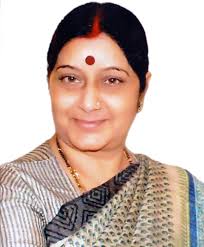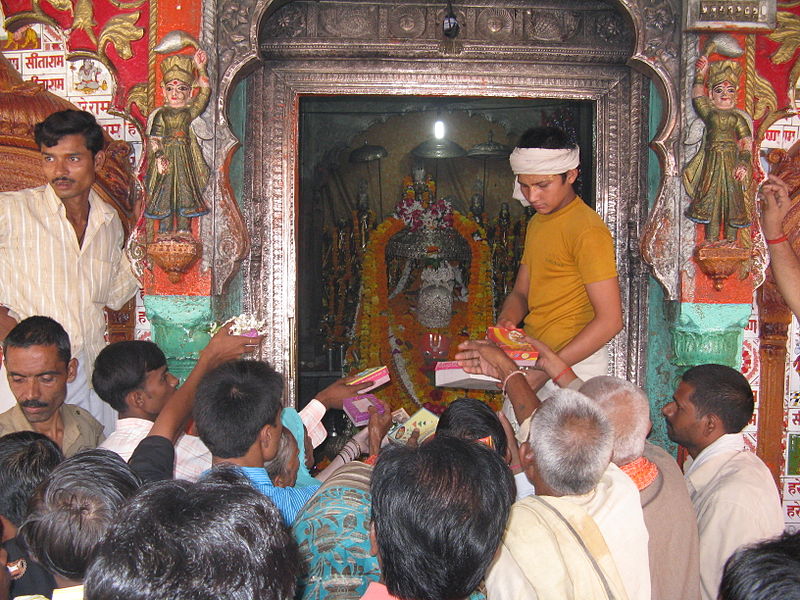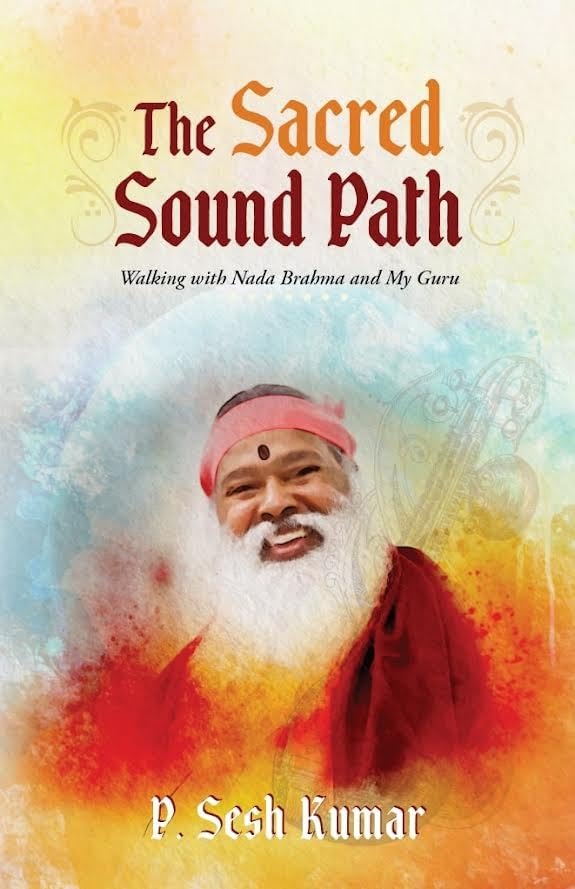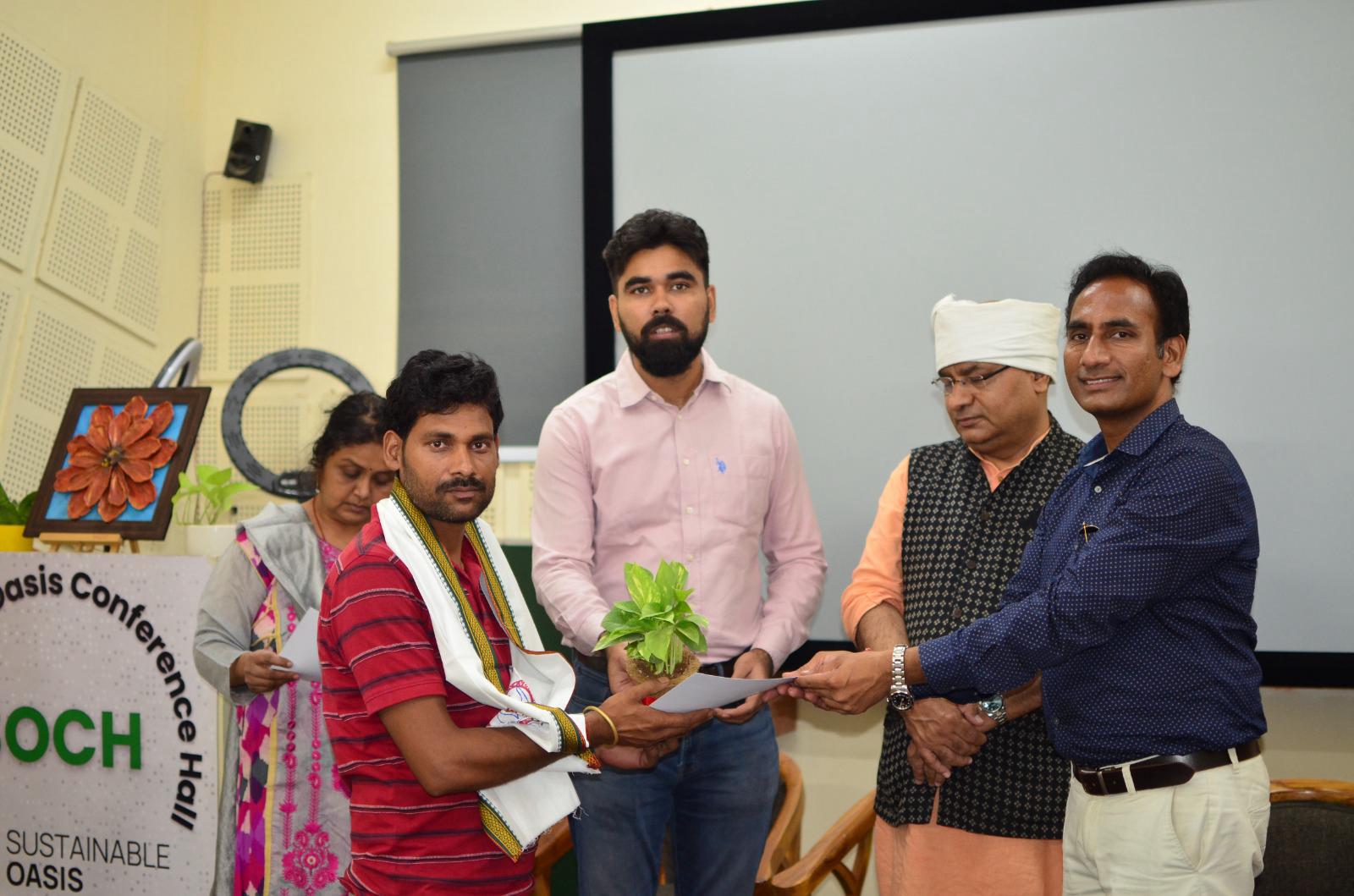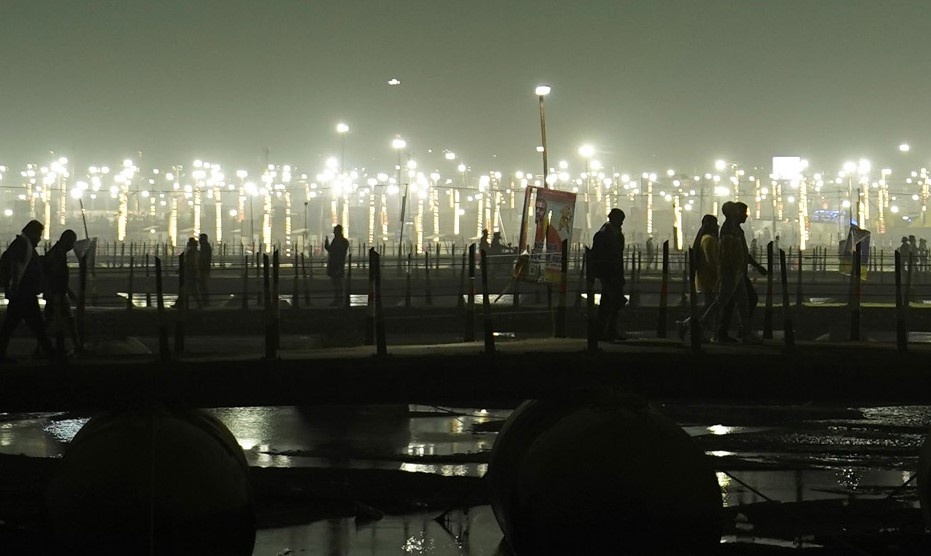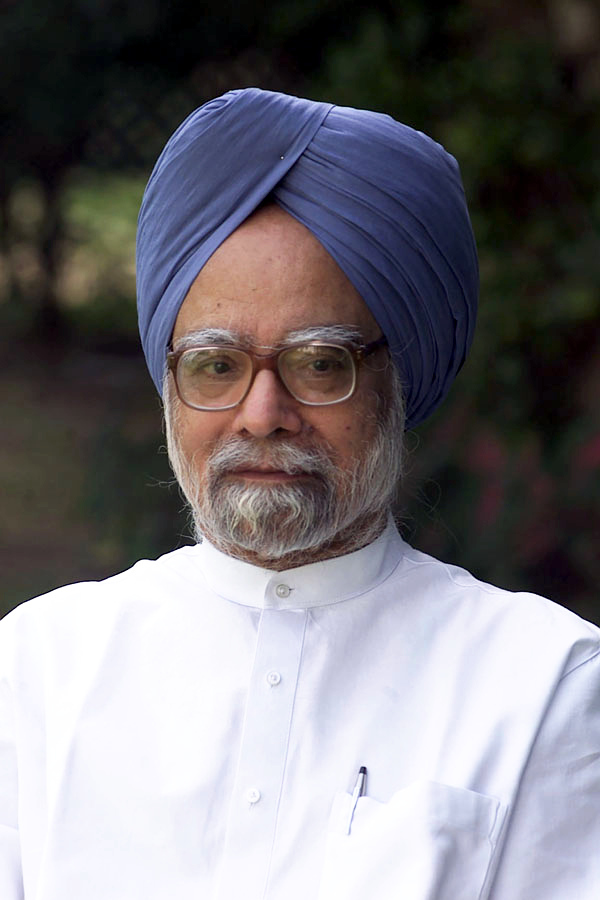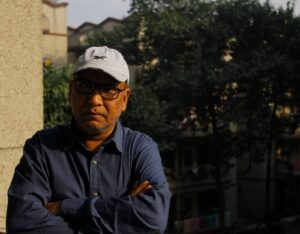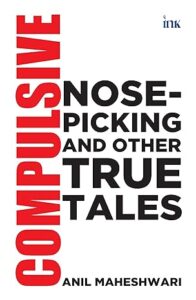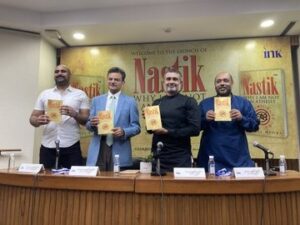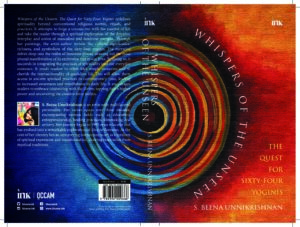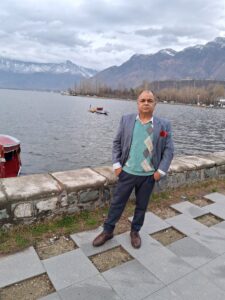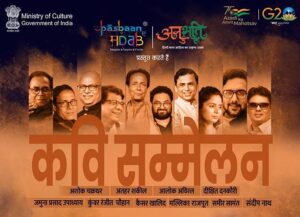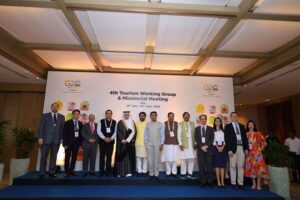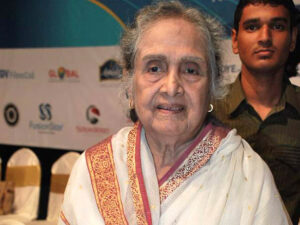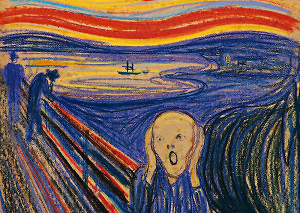Liberals ignore real threat
Ravi Shanker Kapoor | March 13, 2016 12:23 pm
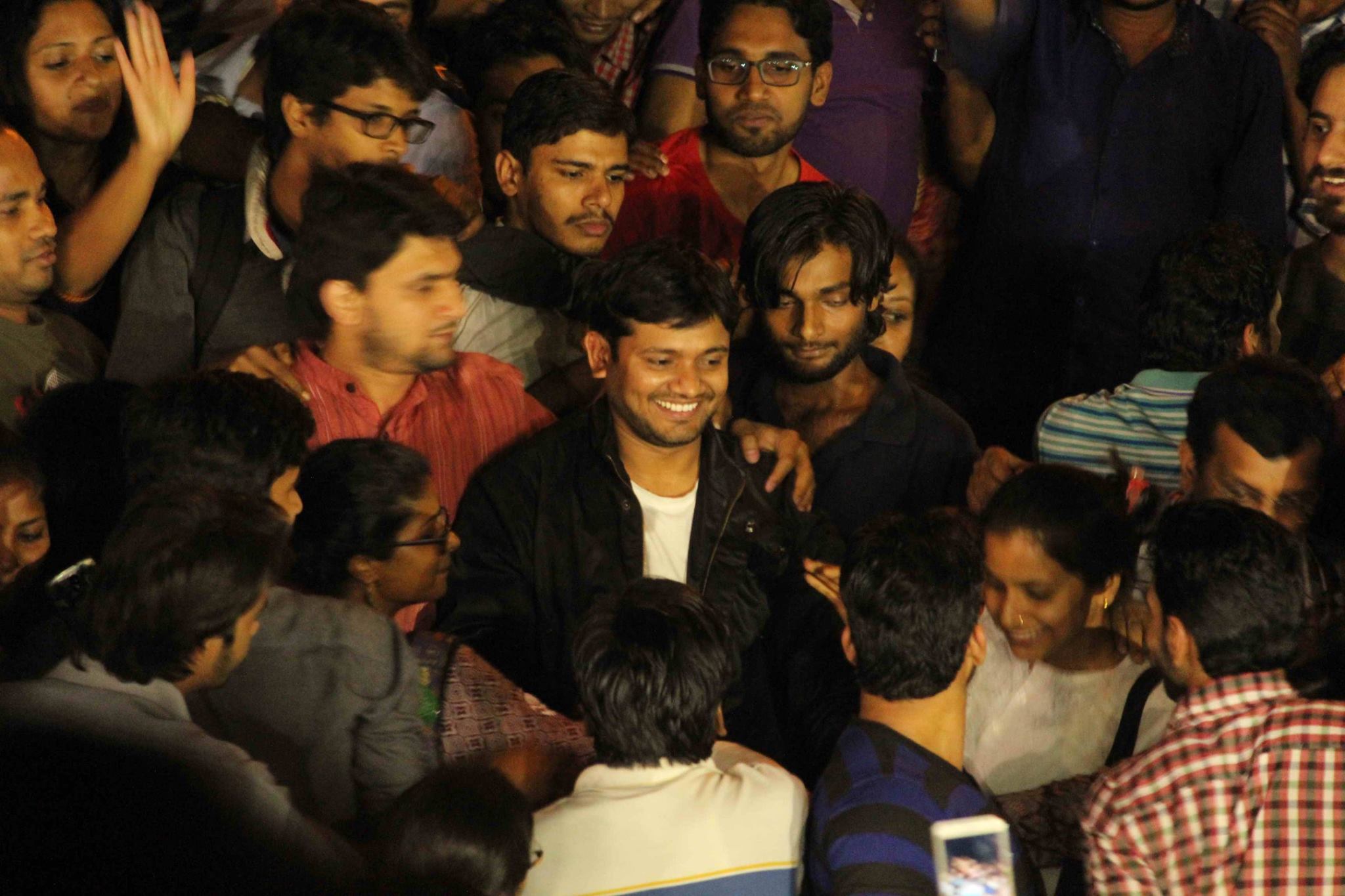
A big problem with liberals, particular those in India, is that they underplay the threat posed by the Left and give undue deference to commies. They tend to regard Reds as amiable competitors in the marketplace of ideas. Gurcharan Das has again made this mistake by saying that the real threat to India is not Jawaharlal Nehru University Students Union president Kanhaiya Kumar but lack of jobs (The Times Of India, March 13). As if sound economic development, accompanied with employment generation, would nullify the toxicity occasioned by the likes of Kanhaiya. He is mistaken. On many counts.
First, the magnanimity is not reciprocated. Left-leaning thought leaders ensure that any opinion not in conformity with their lal salaam theology is sidelined, maligned, and even banished. From B.R. Shenoy to Subramanian Swamy, Arun Shourie, and Ram Swarup—anybody who has fallen afoul of the intellectual mafia has been demonized.
Second, it is incorrect to view Kanhaiya and Co. as naughty boys or, at worst, misguided youths, for they are ideologically-motivated activists whose position on any subject is doctrinaire. Wedded to the thoroughly discredited theories of Marx, Lenin, and Mao, these Johnnies are absolutely immune to reason and commonsense.
Third, the Kanhaiyas do negatively impact national security. Therefore, they should be countered efficaciously in the marketplace of ideas, not by using the strong arm of the law.
The real threat emanates from the ideas that Kanhaiya and his influential supporters peddle. In this context, a look at a completely unrelated event—the collapse of France in six weeks during the Second World War—would be educative.
It is a well-known fact that France was a great imperial power at that time. Its quick and unexpected fall in 1940 was mainly because of pacifism and “moral disarmament” that prevailed in the country particular and in Europe in general. Prominent intellectuals, including French writer Romain Rolland and British authors H.G. Wells and Bertrand Russell, signed a famous petition in 1926 which called for “some definite step toward complete disarmament and the demilitarizing of the mind of civilized nations.” Weapon manufacturers were demonized as “merchants of death”; Rolland termed them as “profiteers of massacre.”
It was not just idealistic writers who were pacifists. Even Aristide Briand, France’s foreign minister and a Nobel Peace Prize winner, said, “Away with rifles, machine guns, and cannon.” This at a time when Hitler was gaining influence in Germany.
American scholar Thomas Sowell wrote in Intellectuals and Society, “A key role in the spread of pacifism in France was played by the schools—more specifically, by the French teachers’ unions, which began campaigns in the 1920s, objecting to postwar textbooks favorably depicting French soldiers who had defended their country against German invaders in the First World War. Such textbooks were called ‘bellicose’.” In fact, history was rewritten to instill the virtues of “moral disarmament” in the minds of children.
Charles de Gaulle, the heroic French general and statesman who later successfully fought against the Nazis, “blamed a lack of national will, or general moral decay, for the sudden and humiliating collapse of France in 1940,” writes Sowell. Sentimentalism made the French incapable of recognizing the Nazi menace; it not only confused them but also lethally impacted their fighting spirit and capability.
The situation in India is not much different from the one that prevailed in the 1920s and the 1930s in France. It is not the personnel of paramilitary forces on the ground or some shortcomings in the standard operating procedures that are failing us; the all-pervading sympathy for Naxalites and the influence of their sympathizers are responsible for the growing spread and audacity of Red terrorists.
Maoist sympathizers disregard and distort facts, make implausible theories appear reasonable, and bestow respectability on the vile communist ideology. They deploy three main techniques to undermine our fight against Naxalites. The first is an attempt to overlook an indisputable fact: that the chief inspiration of Maoists, Mao Zedong, was a cruel tyrant. Anybody reading the authoritative Mao: The Unknown Story by Jung Chang and Jon Halliday will get the feeling that our politicians, despite all their scams and misdemeanors, are angels in comparison! Chang and Halliday have shown how Mao was responsible for the death of 70 million people in peacetime. So, it is not unnatural that the followers of Mao take his dictum that ‘power flows from the barrel of the gun’ literally, as evident from the recent killing and countless earlier ones.
But what were we taught in schools? According to the standard Class 10 history textbook, The Story of Civilization, “In the areas under Communist Party’s control, the estates of landlords had been expropriated and the lands distributed among the peasants. Because of the policies pursued by the Communist Party, it gradually had won over millions of Chinese people to its side.” At the same time, Mao’s purges and disastrous policies which led to the killing of millions are not even mentioned.
This is our grounding in history. Against this backdrop, the smoke-and-mirrors strategies deployed by a section of intellectuals work perfectly well. So, we have a situation that the violence innate in Maoism is ignored and Naxal brutality is somehow condoned, if not openly justified; often these bloodthirsty terrorists are romanticized. At the same time, grand motives are attributed to their barbarity. They have been called Gandhians with guns, “our people”, idealists espousing a good cause but with bad means, champions of the poor, and so on. All these claims are false, but few have the courage to say that. Nor have many people pointed out that change and uplift of the poor is also possible by using peaceful methods. Jaiprakash Narain, Mother Teresa, Baba Amte, Anna Hazare, and many others never picked up the gun.
The second technique is the demonization of anybody or any organization that shows the guts to take on the Maoists. For instance, overground supporters of the underground movement carried a jihad against the Salwa Judum, which was a people’s programme against the Maoist. Responding to Naxal sympathizers’ clamor, a few years ago, the Supreme Court asked the National Human Rights Commission (NHRC) to probe the alleged human rights violations committed by the Salwa Judum. The NHRC found only a few stray violations; it favored the continuation of the movement.
But intellectuals like Ramachandra Guha still said that the Salwa Judum “burnt homes (sometimes entire villages), raped women, and looted granaries of those adivasis who refused to join them.” Their persistent campaign succeeded; the Supreme Court banned the Salwa Judum.
And, finally, we have the technique which aims to create moral equivalence between the Indian state and the Maoists, between the CRPF jawans and Naxal goons. We are told that there are two “sides” in this conflict and “both sides” are committing atrocities. As if a democratic republic and the soldiers fighting for it, on the one hand, and a murderous outfit and violent thugs, on the other, are on the same moral footing. As if an arsonist and a firefighter were just two sides to an event.
It is in this context that Kanhaiya should be viewed. Actually, he is another overground supporter of terror. Addressing students at a women’s day function, he said, “While we have a lot of respect for our soldiers, we will still talk about the fact that in Kashmir women are raped by security personnel.”
Therefore, it would be dangerous to regard Kanhaiya as an injudicious idealist.

